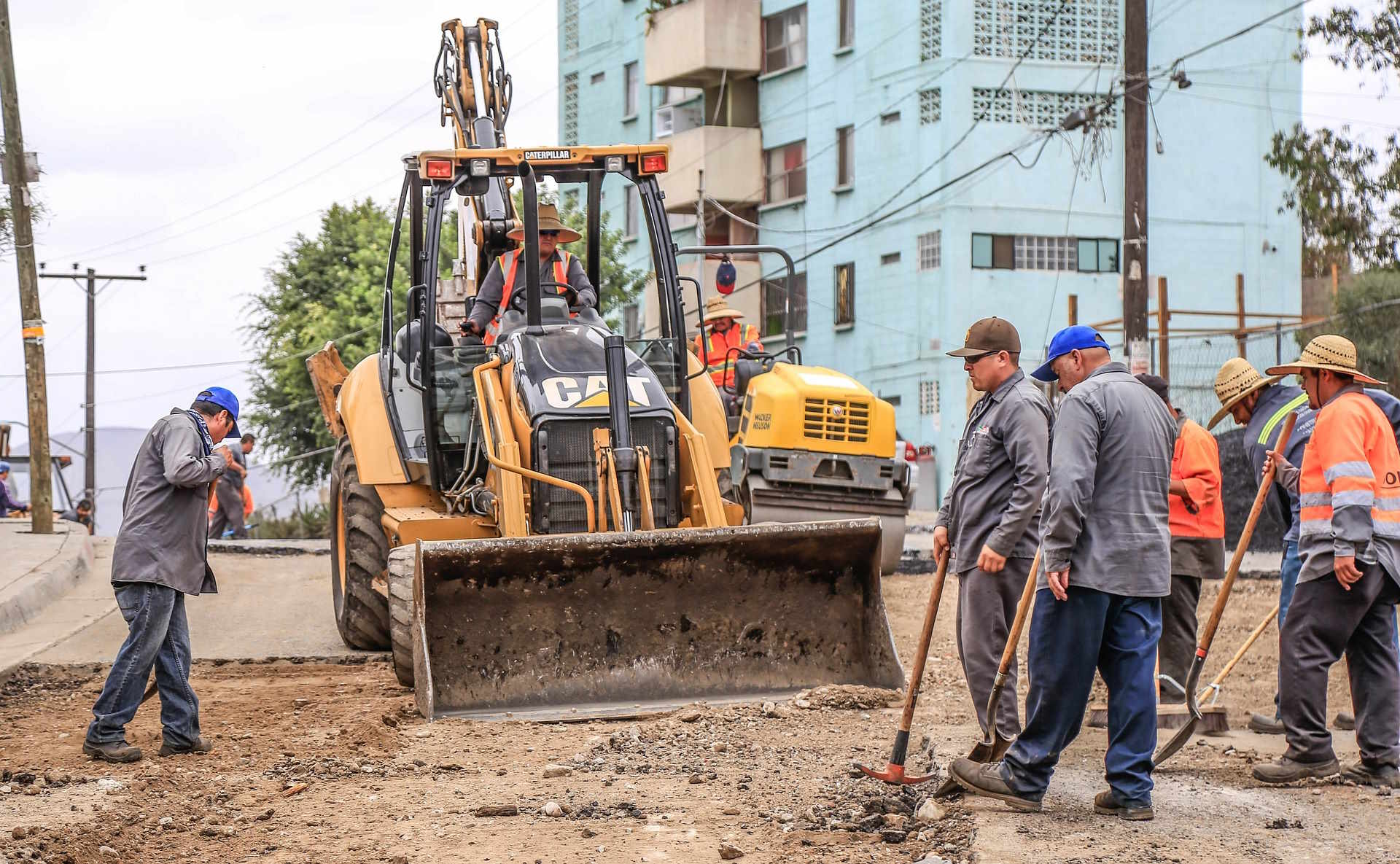Comprehensive Guide To Boom Lifts, Their Uses and How To Get One
Boom lifts are essential pieces of construction equipment that provide safe access to elevated work areas. These versatile machines combine vertical and horizontal reach capabilities, making them invaluable for various construction, maintenance, and industrial applications. Understanding their types, features, and acquisition methods helps businesses make informed decisions about incorporating these vital tools into their operations.

What are Boom Lifts?
Boom lifts are aerial work platforms consisting of a grounded base and an extending arm (boom) with a worker platform attached. They come in two primary categories: straight boom lifts, which feature a single, telescoping arm, and articulating boom lifts, which have multiple joints allowing for greater maneuverability around obstacles. These machines typically range from 30 to 180 feet in working height and offer various weight capacities to accommodate different job requirements.
Boom Lifts Uses and Features
These versatile machines serve numerous applications across industries. Common uses include building maintenance, window installation, tree trimming, and electrical work. Key features typically include:
-
Self-leveling platforms
-
Emergency descent systems
-
Load sensing technology
-
All-terrain capabilities
-
Multiple power options (diesel, electric, or hybrid)
-
Weather-resistant controls
-
Safety harness attachment points
Things to Know Before Purchasing a Boom Lift
Several crucial factors require consideration before investing in a boom lift:
-
Required working height and horizontal reach
-
Ground conditions and terrain requirements
-
Indoor vs. outdoor use considerations
-
Power source preferences
-
Storage and transportation capabilities
-
Maintenance requirements and warranty coverage
-
Operator training needs
-
Local regulations and certifications
How to Get a Boom Lift
Organizations can acquire boom lifts through several channels:
-
Direct purchase from manufacturers
-
Used equipment dealers
-
Equipment rental companies
-
Lease-to-own programs
Each option has distinct advantages depending on usage frequency, budget constraints, and long-term equipment needs.
Boom Lift Companies and Market Overview
| Provider | Primary Offerings | Key Features |
|---|---|---|
| JLG Industries | Full range of boom lifts | Global service network, hybrid options |
| Genie | Articulating and telescopic booms | Smart Link technology, terrain alert |
| Skyjack | Electric and diesel models | Easy maintenance design, AXLDRIVE system |
| Haulotte | Specialized boom lifts | ACTIV’Screen interface, secondary guarding |
Prices, rates, or cost estimates mentioned in this article are based on the latest available information but may change over time. Independent research is advised before making financial decisions.
Equipment Cost Considerations
New boom lift prices typically range from $25,000 to $150,000, depending on size and capabilities. Operating costs include:
-
Regular maintenance
-
Operator training and certification
-
Insurance
-
Fuel or power consumption
-
Transportation expenses
-
Storage requirements
When evaluating acquisition options, organizations should consider their usage patterns, financial position, and long-term equipment needs. Rental rates vary by region and duration, while lease programs often provide flexibility with structured payment plans and maintenance support.




